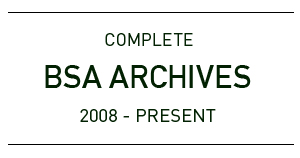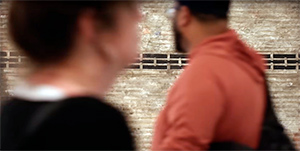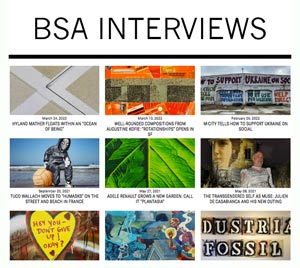The transition from graffiti to abstract painter invariably captures our attention. The two disciplines that would be so insulated from one another, yet many times we find a graffiti writer who fifteen years after spraying his first illegal tag is now parsing a very different visual language.
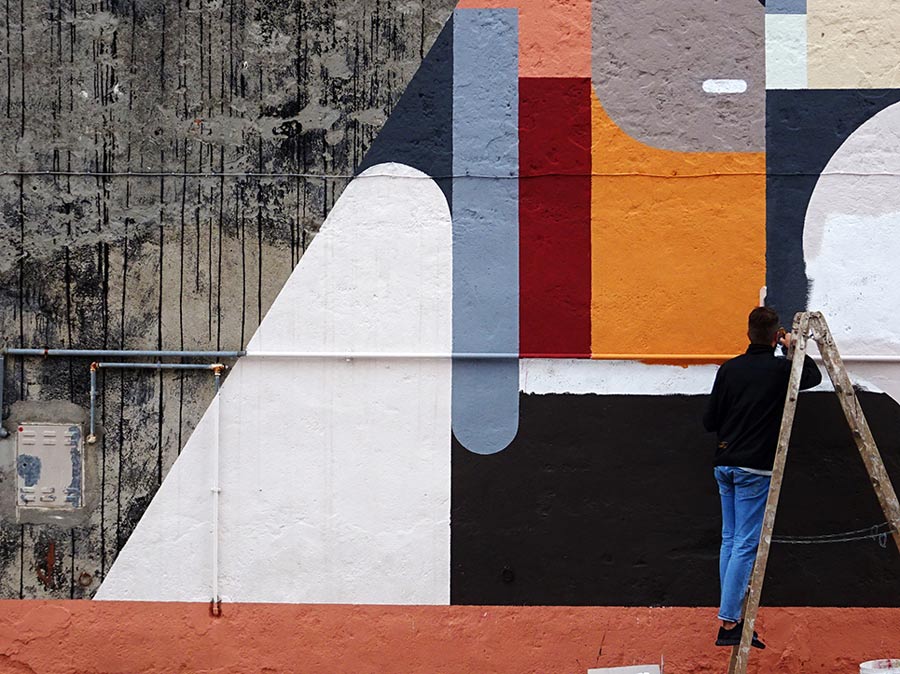
Then you think of the endless permutations of wildstyle and all the subgenres of the graffiti practice of deconstruction as applied to the letterform. It is only a short jump from there to complete abstraction.
In the case of Russian Street Artist Alexey Luka, the route was made smoother perhaps by his study of architecture, provided entrée to a less literal interpretation of shape and form. Here his two newest wall pieces in Santa Croce di Magliano (CB), Italy, remind us of his wooden wall sculptures, assemblages as well, the palette warm and the snug overlapping feeling of the forms is almost nested.
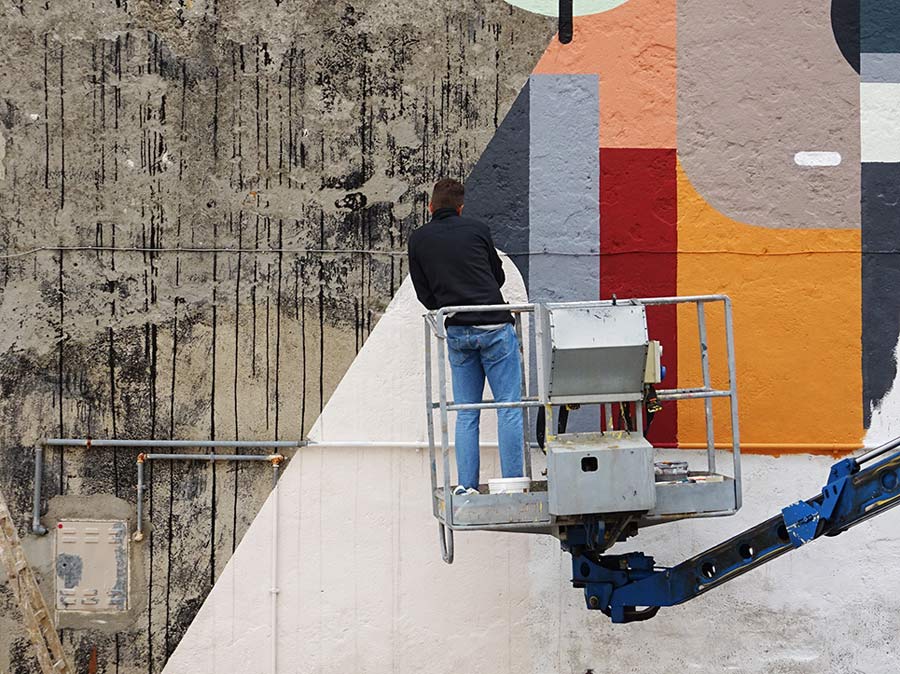
For this fifth edition of the Antonio Giordano Urban Art Award in October and November, we are told that Alexey has hidden organic forms and even faces in his work. We’ll leave it up to your sleuthing and imagination to identify them. See anything?
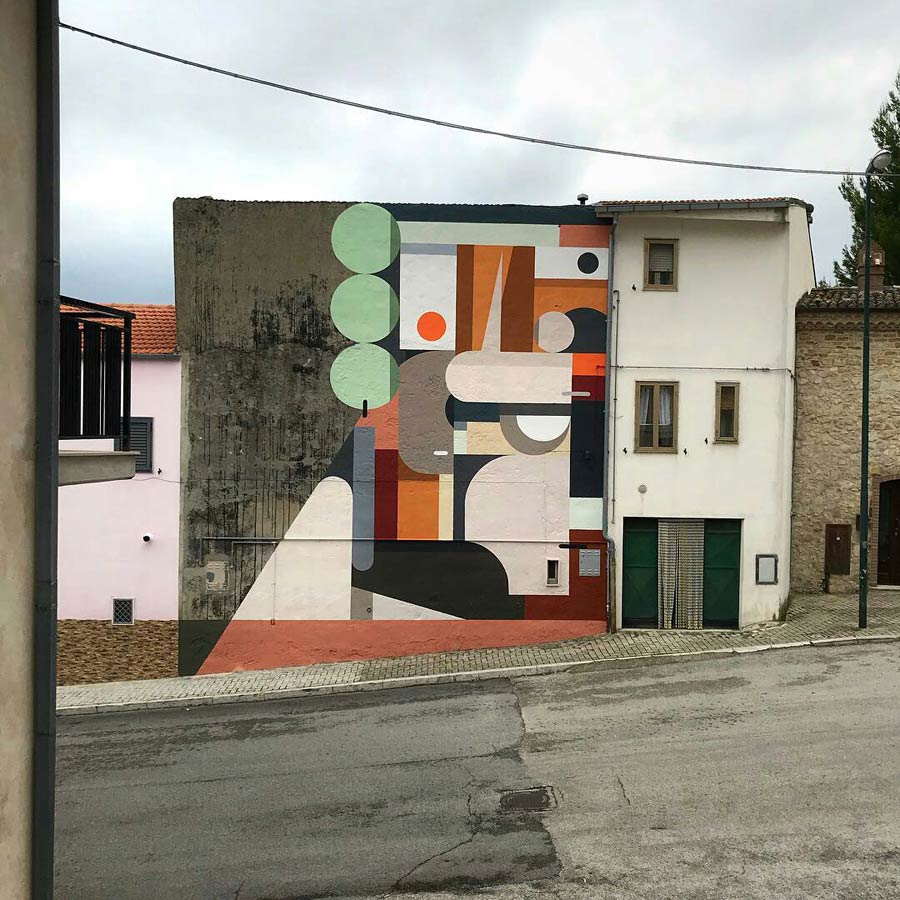
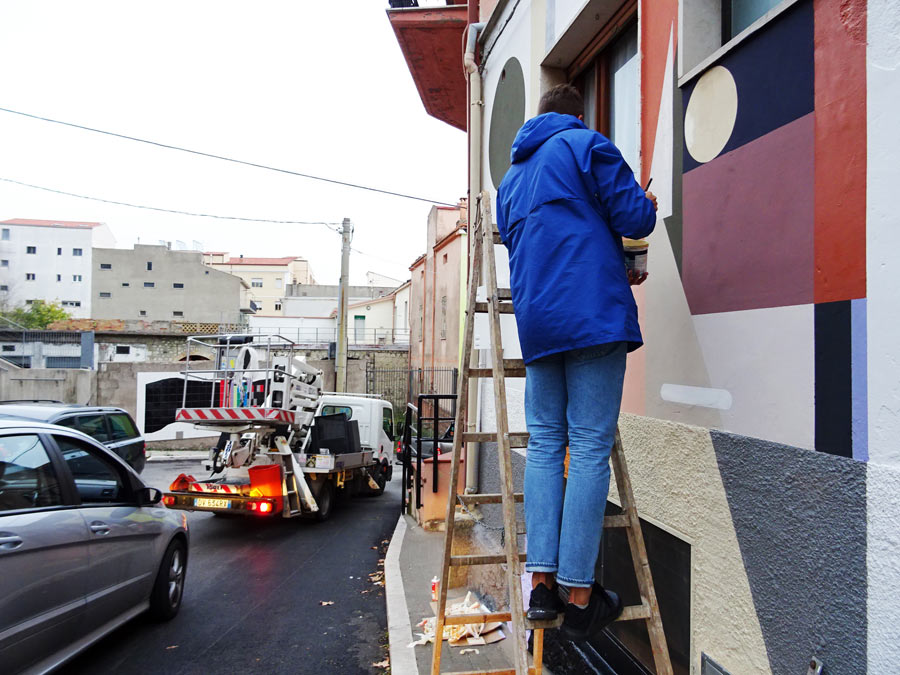
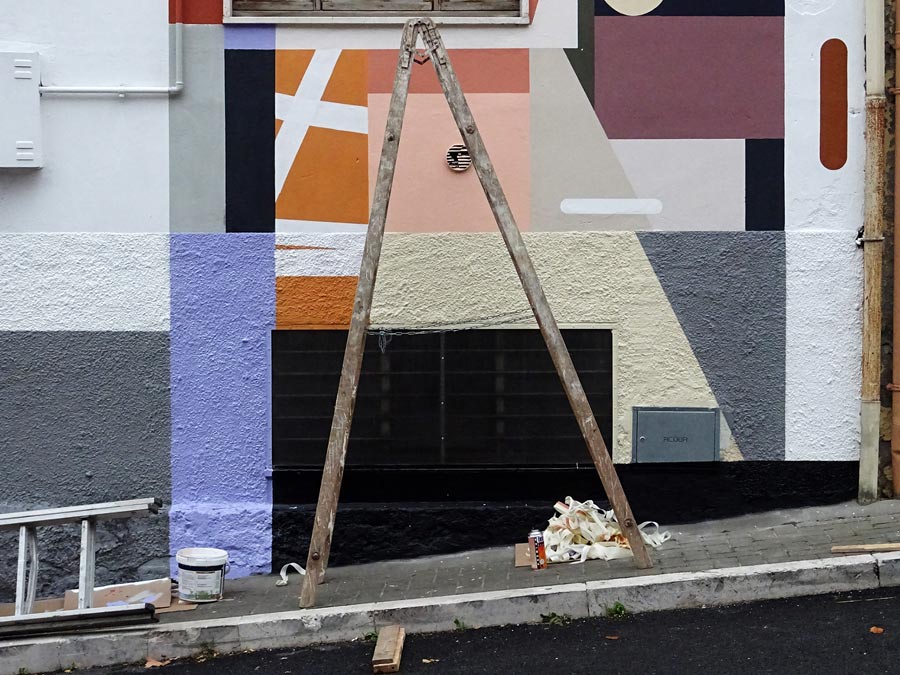
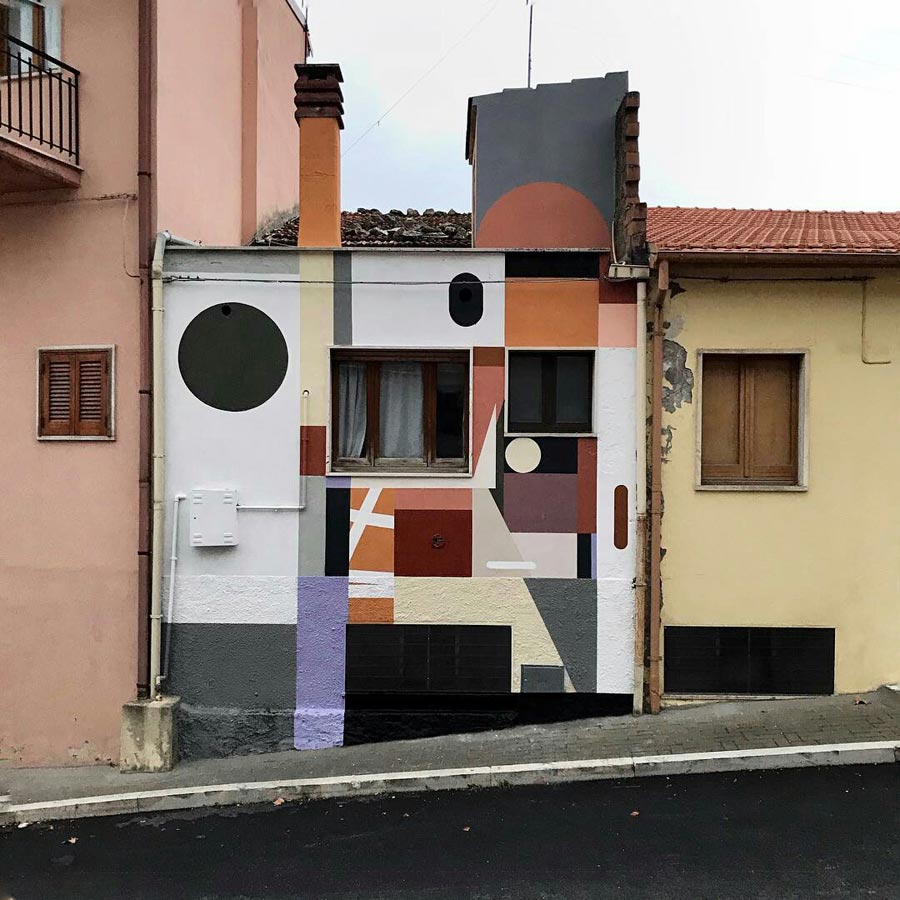
Other Articles You May Like from BSA:
Virtually every human culture has an allegorical image that illustrates the Tree of Life. Street Artist Gola Hundun is growing his own in Denmark on the Jutland peninsula - one that he has nam...
Exploring Fort Tilden National monuments are typically solemn places for reflection and remembrance. In the case of many decommissioned military installations across the world, the hidden parts of fo...
Have a look at some of the murals from this months MURAL festival in Montreal, which began in 2013. There is no discernible theme among the collection here aside from many of them being technically o...
Did you see that movie Words and Pictures? A bit sappy and chock-full of 1st world problems, but some good acting and an underlying premise that has been argued for centuries; The battle between the p...
Welcome to Sunday! This week we have a special edition of BSA Images of the Week; Dedicated to Nuart 2017. Each year Nuart challenges itself as much as it challenges you, unwilling to fall int...
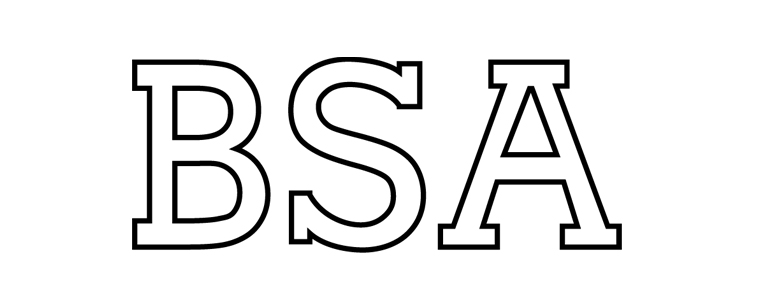 BROOKLYN STREET ART LOVES YOU MORE EVERY DAY
BROOKLYN STREET ART LOVES YOU MORE EVERY DAY
